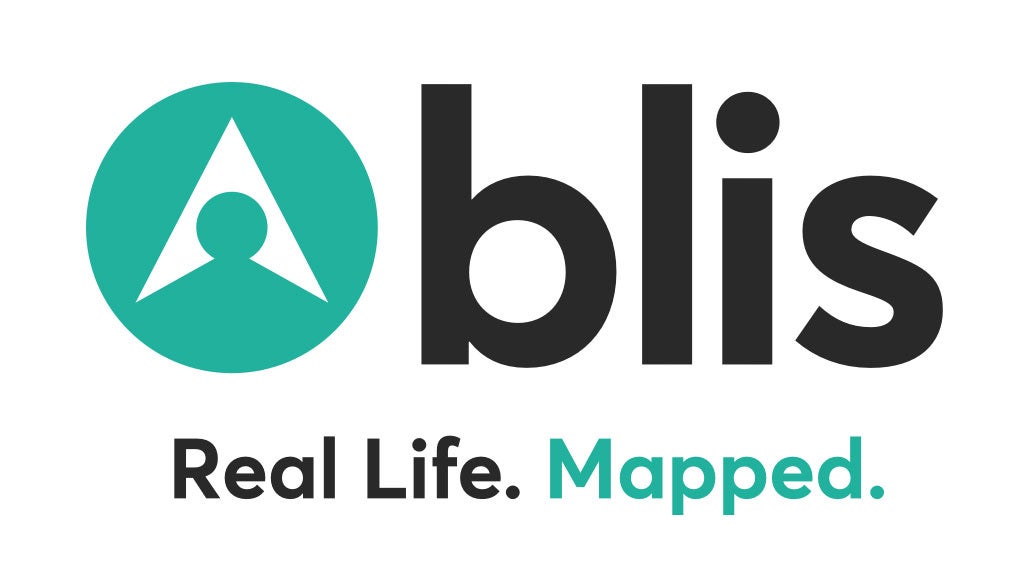“Data-Driven Thinking” is written by members of the media community and contains fresh ideas on the digital revolution in media.
Today’s column is written by Aaron McKee, CTO at Blis.
The ad tech industry has been discussing a cookieless future for the past few years. But advertisers and agencies are slow to realize that audiences have long been flying under their radar.
Advertisers in the U.S. are missing out on 46% of their addressable mobile audience. And desktop doesn’t fall behind. 40% of the audience is currently not reachable if you rely on IDs.
If these stark figures alone don’t ring the alarm bell, wait until you see just how valuable these missing groups are.
Escaping advertisers’ reach
Some lifestyle groups are more likely to engage with ads and, ultimately, buy your products. That includes travelers, affluents, and fast movers. As the world wakes up from its pandemic-induced slumber, these individuals are itching to get moving again. In fact, some 70% of leisure travelers in major countries – such as the US, Canada, the UK, Japan and Spain – plan to spend more on travel in 2022 than they have in the past five years, according to the World Travel & Tourism Council.
Can you imagine missing over half of them when you advertise? Based on data from Statcounter, Flurry and Global Web Index, that’s exactly what is happening. Over 50% of this audience isn’t addressable in the US, UK or Australia – a measurably higher loss than general audiences given this group’s propensity to spend.
Cookie alternatives alone won’t help
While testing solutions designed to replace cookie-based targeting is important, there’s no longer time for stopgap fixes.
Many marketers are seeing contextual targeting as a viable way to gain scale. To a certain extent, it works. But understanding browsing behavior can only reveal so much about real interests and purchase intent.
On the other hand, some brands are turning most of their investments toward Retail Media Networks (RMNs). There’s no denying that the first-party data running on those RMN is great. However, if you want to grow brand awareness and loyalty at scale, RMNs will not take you there.
Finding the missing audience
Instead of opting for solutions that only get you halfway to your goals, keep three main points in mind: scale, accurate targeting and sustainability.
Scale is a huge challenge. If your partners tell you they’re still reaching your precise audiences at scale with ID-only or cookie-led solutions, look deeper. In fact, you should also take a closer look at your ID-less solutions. Multidimensional cohorting based on anonymous signals, such as context, approximate location, and time may help you achieve scale and deliver performance. However, they may not deliver the precision and quality you need.
A reliable, future-proofed, targeting solution rooted in observed first-party data can enable marketers to get everything they need: precise and accurate targeting, at scale, without reliance on personal data.
Shifting our collective focus and prioritizing privacy-first, non-ID or non-cookie-reliant solutions is the only sustainable way for the ad ecosystem to thrive.
The numbers speak for themselves. It’s time for the industry to listen.
Follow Blis (@blisglobal) and AdExchanger (@adexchanger) on Twitter.
For more articles featuring Aaron McKee, click here.
















